How do we prevent and control plant problems in the garden?
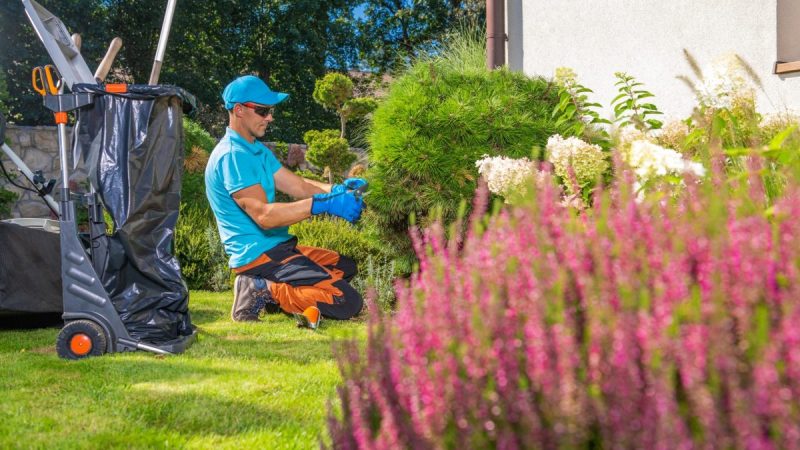
Like anything else, gardening requires prevention. Time and money can be saved by preventing plant problems in the garden. It reduces the need for herbicides and insecticides. Plants in the garden are susceptible to several issues throughout the year, such as diseases, pests, harsh conditions, etc. You can prevent and manage these issues in this post to ensure the health and success of your garden.
Garden monitoring and vigilance
The garden must be monitored and constantly vigilant to be healthy and productive. By regularly inspecting the plants, you can promptly avoid and treat potential infestations or diseases that might harm crops or attractive plants in the garden. The earliest indications of an infestation may include holes in the leaves, different residues on the foliage, leaf spots, certain imperfections in the flowers, etc.
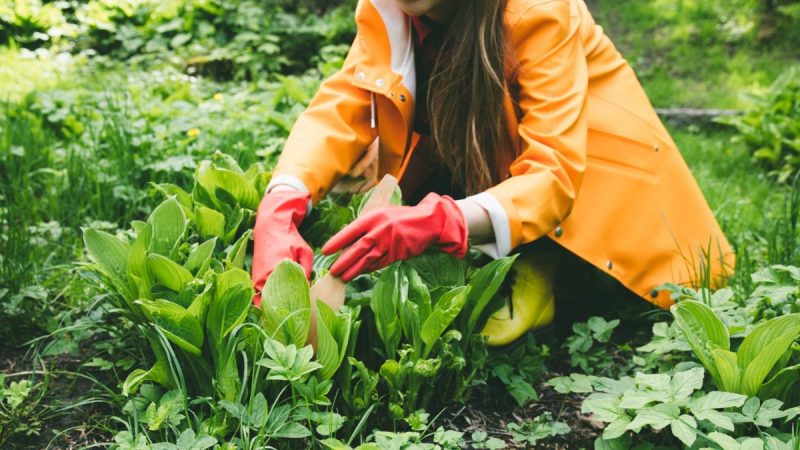

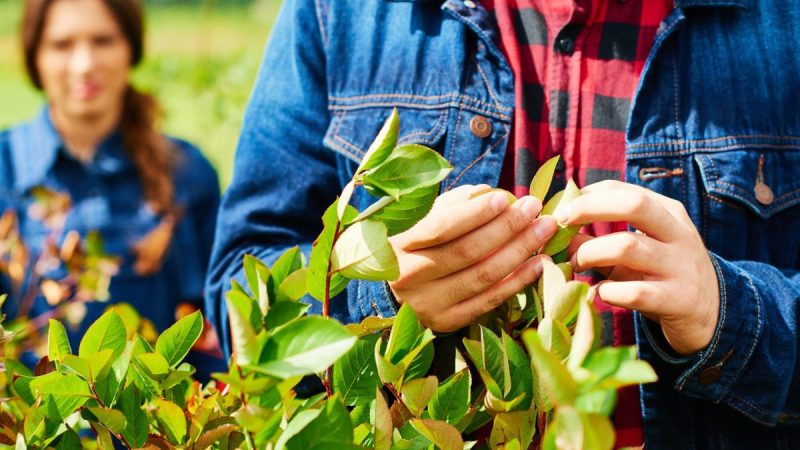
Choosing plants for your garden
Selecting healthy and strong plants at the beginning is a crucial first step in avoiding plant issues. It is important to buy seeds and seedlings from trustworthy vendors. When selecting decorative or fruiting shrubs, it’s critical to inspect the plant material carefully. Examine the selected plants’ health in detail. There should be no indications of damage or disease on the stems, and if there is a grafting point, it should be properly nourished. The chosen plants’ roots cannot be dry or swollen. Selecting robust and healthy cultivars and kinds will significantly reduce garden-related issues.
Recommended products
-
You can find products on a different store
Change Store -
You can find products on a different store
Change Store -
You can find products on a different store
Change Store -
You can find products on a different store
Change Store -
You can find products on a different store
Change Store -
You can find products on a different store
Change Store -
You can find products on a different store
Change Store -
You can find products on a different store
Change Store -
You can find products on a different store
Change Store -
You can find products on a different store
Change Store -
You can find products on a different store
Change Store -
You can find products on a different store
Change Store -
You can find products on a different store
Change Store -
You can find products on a different store
Change Store -
You can find products on a different store
Change Store -
You can find products on a different store
Change Store -
You can find products on a different store
Change Store -
You can find products on a different store
Change Store -
You can find products on a different store
Change Store -
You can find products on a different store
Change Store -
You can find products on a different store
Change Store -
You can find products on a different store
Change Store -
You can find products on a different store
Change Store -
You can find products on a different store
Change Store
Garden plant care
In addition to keeping a garden looking nice, regular plant pruning and cleaning can help reduce the population of diseases and pests. Annual plant-specific pruning, leaf removal, timely removal of damaged sections, and weed removal are beneficial. In addition to being an excellent host for pests and diseases, weeds compete with plants in the garden. They could battle for the most valuable resource of all, water. Maintaining good garden hygiene, particularly during the fall, can significantly reduce the proliferation of diseases and pests that the plants have encountered during the previous growing season.
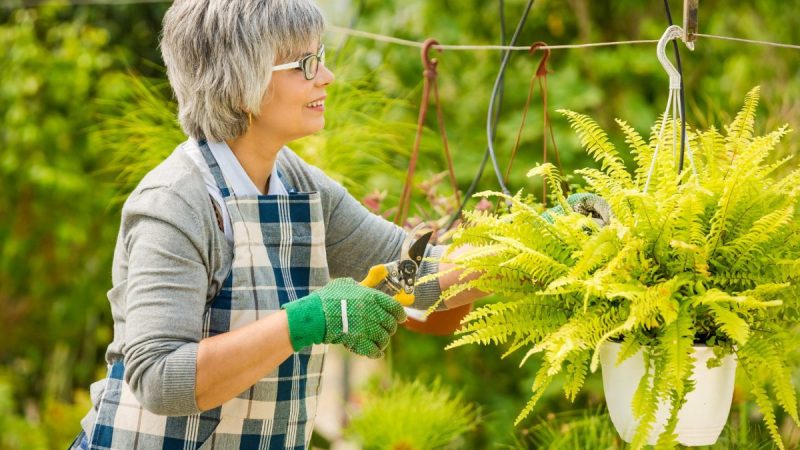
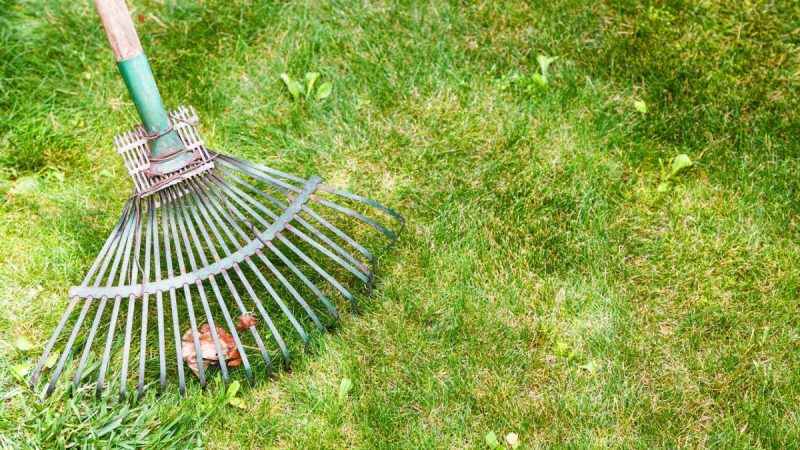
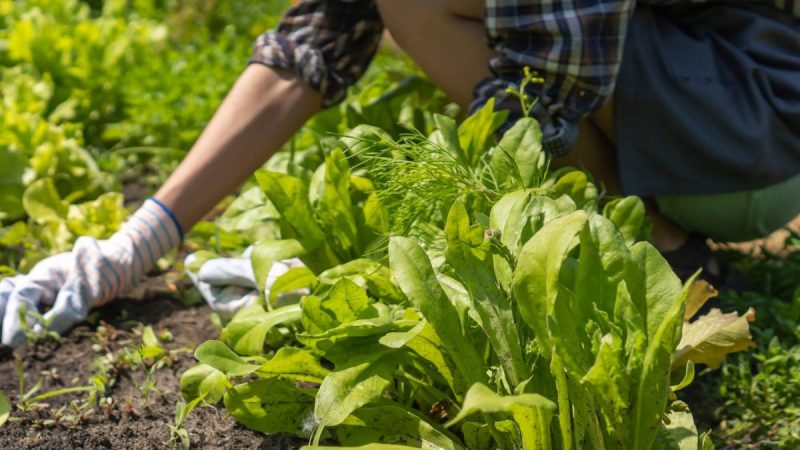
Use and maintenance of gardening tools and materials
Another essential aspect of a healthy garden is the correct choice and maintenance of gardening tools. It is important to use specific tools for each job. After each use of tools, it is advisable to clean and disinfect them before storage. Disinfecting tools reduce the spread of diseases from one plant to another.
To extend the life of your tools, it is good to store them correctly. The storage place should be dry and free from moisture.
Besides tools, there are also gardening materials, such as pots, substrate, mulching materials, fertilizers, etc. Before planting or transplanting plants to pots, the pots or planters must be cleaned and disinfected beforehand (if they are reused).
Recommended products
-
You can find products on a different store
Change Store -
You can find products on a different store
Change Store -
You can find products on a different store
Change Store -
You can find products on a different store
Change Store -
You can find products on a different store
Change Store -
You can find products on a different store
Change Store -
You can find products on a different store
Change Store -
You can find products on a different store
Change Store -
You can find products on a different store
Change Store -
You can find products on a different store
Change Store -
You can find products on a different store
Change Store -
You can find products on a different store
Change Store -
You can find products on a different store
Change Store -
You can find products on a different store
Change Store -
You can find products on a different store
Change Store -
You can find products on a different store
Change Store -
You can find products on a different store
Change Store -
You can find products on a different store
Change Store -
You can find products on a different store
Change Store -
You can find products on a different store
Change Store -
You can find products on a different store
Change Store -
You can find products on a different store
Change Store -
You can find products on a different store
Change Store -
You can find products on a different store
Change Store
Using traps to manage pests in plants
Pests can cause significant damage to plants in the garden. They are designed to attract and capture pests. This reduces the number of pests and allows early detection of an attack. Traps are strategically placed in the garden. They are placed at the beginning of the growing season or during the growing season, depending on the time of the targeted pest. Traps should be checked and replaced regularly.
Recommended products
-
You can find products on a different store
Change Store -
You can find products on a different store
Change Store -
You can find products on a different store
Change Store -
You can find products on a different store
Change Store -
You can find products on a different store
Change Store -
You can find products on a different store
Change Store -
You can find products on a different store
Change Store -
You can find products on a different store
Change Store -
You can find products on a different store
Change Store -
You can find products on a different store
Change Store -
You can find products on a different store
Change Store -
You can find products on a different store
Change Store -
You can find products on a different store
Change Store -
You can find products on a different store
Change Store -
You can find products on a different store
Change Store -
You can find products on a different store
Change Store -
You can find products on a different store
Change Store -
You can find products on a different store
Change Store -
You can find products on a different store
Change Store -
You can find products on a different store
Change Store -
You can find products on a different store
Change Store -
You can find products on a different store
Change Store -
You can find products on a different store
Change Store -
You can find products on a different store
Change Store
Rotation of vegetable crops
To prevent and limit the spread of diseases and pests, crop rotation is important. Rotation means that in the following year, the same land should not be cultivated with plants that are susceptible to the same diseases and pests as those of the species currently planted. Species belonging to the same botanical family are not grown one after the other on the same soil. This reduces the risk of accelerated multiplication of common diseases and pests. The nutritional needs of the plants should also be taken into account. For example, vegetable species that contribute to increasing the organic matter content of the soil (peas, beans) should be cultivated after those that are high consumers of nutrients: cabbage, cucumbers, peppers, aubergines, etc. Small-sized species such as lettuce and spinach must be followed by species with well-developed and prickly foliage (tomatoes, peppers, aubergines, cabbage, courgettes), which leave the soil free of weeds.
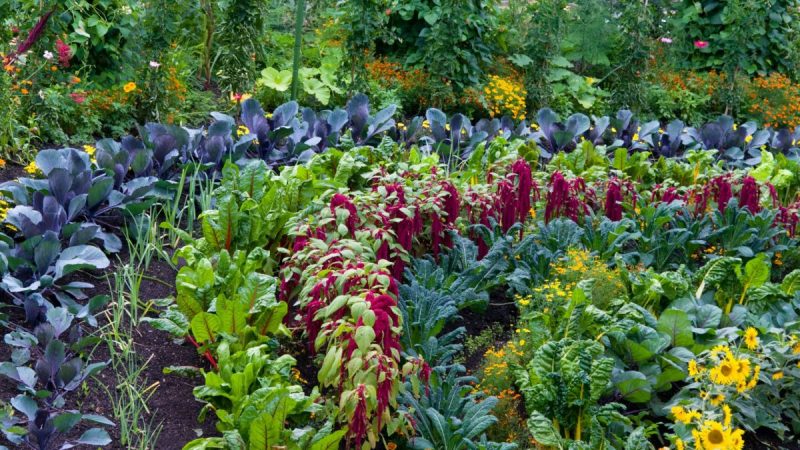


Fertilizer use
Plant resistance to stress factors such as extreme temperatures, drought, diseases, and pests is essential. The use of appropriate fertilizers can help increase plant resistance. Fertilizers can play an important role in increasing plant resistance by providing essential micronutrients. For example, magnesium, copper, zinc, and iron are micronutrients necessary for the proper functioning of the plant’s enzyme system. This is responsible for defending against oxidative stress and fighting disease. Another important factor to consider is stimulating the development of the root system of plants using fertilizers. A strong root system allows plants to absorb nutrients from the soil. It also helps plants to better resist water stress and develop their defense system. To maximize plant resistance, it is important to apply fertilizers properly, following the recommended dose and the manufacturer’s instructions.
Recommended products
-
You can find products on a different store
Change Store -
You can find products on a different store
Change Store -
You can find products on a different store
Change Store -
You can find products on a different store
Change Store -
You can find products on a different store
Change Store -
You can find products on a different store
Change Store -
You can find products on a different store
Change Store -
You can find products on a different store
Change Store -
You can find products on a different store
Change Store -
You can find products on a different store
Change Store -
You can find products on a different store
Change Store -
You can find products on a different store
Change Store -
You can find products on a different store
Change Store -
You can find products on a different store
Change Store -
You can find products on a different store
Change Store -
You can find products on a different store
Change Store -
You can find products on a different store
Change Store -
You can find products on a different store
Change Store -
You can find products on a different store
Change Store -
You can find products on a different store
Change Store -
You can find products on a different store
Change Store -
You can find products on a different store
Change Store -
You can find products on a different store
Change Store -
You can find products on a different store
Change Store
Conclusion
Therefore, by taking the above measures, money and resources can be saved while maintaining a healthy, productive, and sustainable garden. It also reduces the usage of products that harm the environment and pesticides.















































































































































































































































































































































































































































